Summary
It is named after former Senator Lee Metcalf, who was a passionate advocate for environmental conservation. This wilderness area is a popular destination for outdoor enthusiasts and nature lovers, offering a wide range of activities and attractions.
One of the primary reasons to visit Wilderness Lee Metcalf is the opportunity to immerse yourself in its pristine and unspoiled natural beauty. The area spans over 259,000 acres and encompasses diverse ecosystems, including rugged mountains, verdant forests, sparkling lakes, and meandering rivers. Visitors can explore its vast network of hiking trails that offer breathtaking vistas, cascading waterfalls, and the chance to spot wildlife such as elk, deer, moose, and a variety of bird species.
Several specific points of interest within Wilderness Lee Metcalf are worth exploring. One such place is the Lee Metcalf Wilderness Area, which covers a large portion of the overall wilderness. Its highlights include the Sapphire Mountains, Granitic Mountains, and the scenic Bitterroot River. The Painted Rocks Reservoir, located in the southern part of the wilderness, offers opportunities for boating, fishing, and camping. Additionally, the Selway-Bitterroot Wilderness borders the Lee Metcalf Wilderness, providing even more trails and stunning landscapes to explore.
Interesting facts about the area include its designation as a wilderness in 1983, preserving its natural beauty for future generations. The Lee Metcalf Wilderness is home to numerous alpine lakes, including the popular Como Lake, which is surrounded by picturesque granite peaks. The wilderness also boasts an impressive array of plant life, including wildflowers, towering trees, and unique alpine vegetation.
The best time of year to visit Wilderness Lee Metcalf largely depends on personal preferences and desired activities. During the summer months (June to August), temperatures are generally mild, ranging from 60°F to 80°F (15°C to 26°C), making it an ideal time for hiking, camping, and wildlife viewing. Autumn (September to November) brings vibrant fall foliage, creating a spectacular backdrop for photography and hiking. Winter (December to February) offers opportunities for cross-country skiing and snowshoeing, but access to some areas may be limited due to snowfall. Spring (March to May) brings the blooming of wildflowers and the awakening of wildlife.
To ensure accuracy, it is recommended to verify the information provided by cross-referencing multiple independent sources, such as official government websites, reputable travel guides, and local tourism websites.
Weather Forecast
Park & Land Designation Reference
Large protected natural areas managed by the federal government to preserve significant landscapes, ecosystems, and cultural resources; recreation is allowed but conservation is the priority.
State Park
Public natural or recreational areas managed by a state government, typically smaller than national parks and focused on regional natural features, recreation, and education.
Local Park
Community-level parks managed by cities or counties, emphasizing recreation, playgrounds, sports, and green space close to populated areas.
Wilderness Area
The highest level of land protection in the U.S.; designated areas where nature is left essentially untouched, with no roads, structures, or motorized access permitted.
National Recreation Area
Areas set aside primarily for outdoor recreation (boating, hiking, fishing), often around reservoirs, rivers, or scenic landscapes; may allow more development.
National Conservation Area (BLM)
BLM-managed areas with special ecological, cultural, or scientific value; more protection than typical BLM land but less strict than Wilderness Areas.
State Forest
State-managed forests focused on habitat, watershed, recreation, and sustainable timber harvest.
National Forest
Federally managed lands focused on multiple use—recreation, wildlife habitat, watershed protection, and resource extraction (like timber)—unlike the stricter protections of national parks.
Wilderness
A protected area set aside to conserve specific resources—such as wildlife, habitats, or scientific features—with regulations varying widely depending on the managing agency and purpose.
Bureau of Land Management (BLM) Land
Vast federal lands managed for mixed use—recreation, grazing, mining, conservation—with fewer restrictions than national parks or forests.
Related References
Area Campgrounds
| Location | Reservations | Toilets |
|---|---|---|
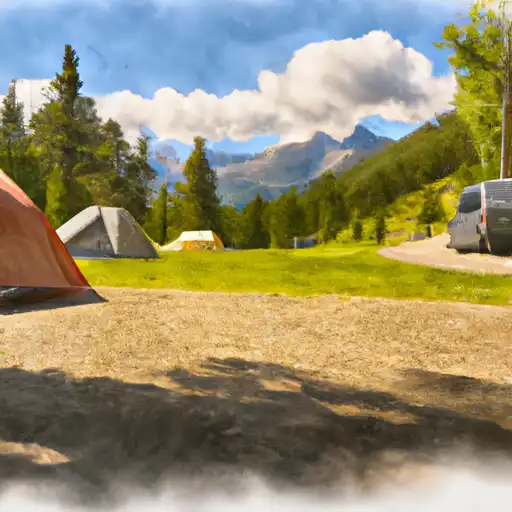 Raynolds Pass FAS
Raynolds Pass FAS
|
||
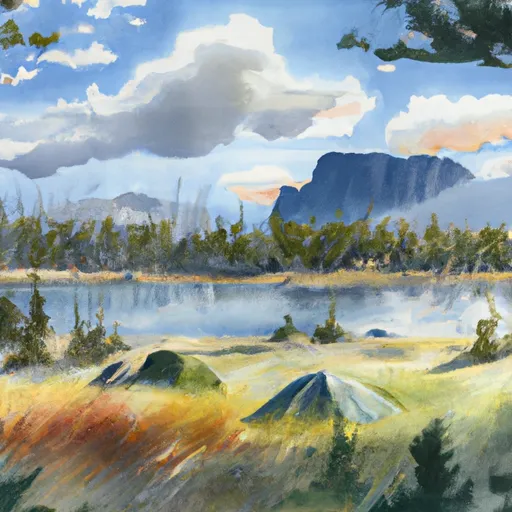 Wade Lake
Wade Lake
|
||
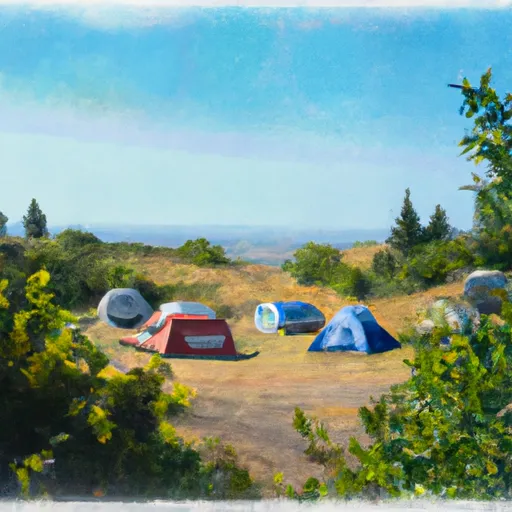 Hilltop Campground
Hilltop Campground
|
||
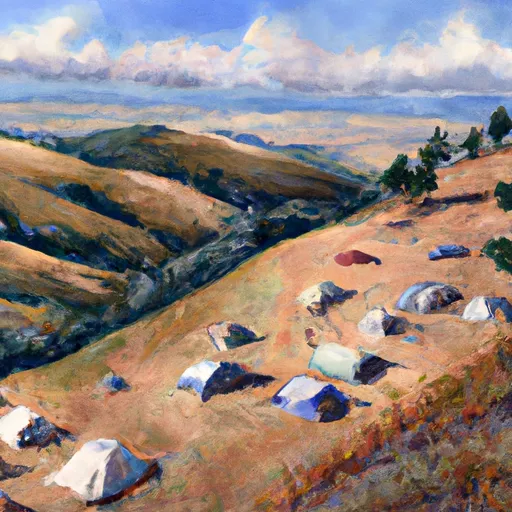 Hilltop
Hilltop
|
||
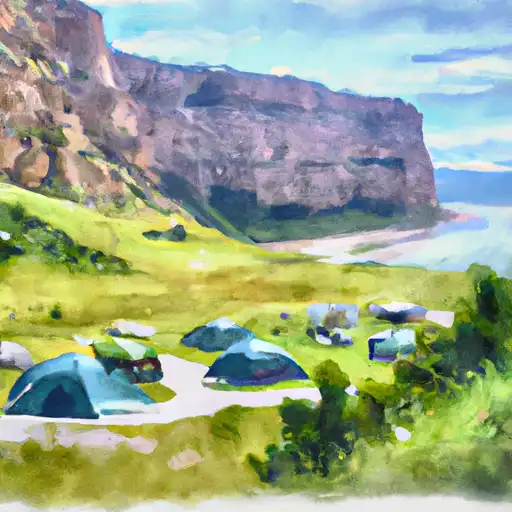 Cliff Point
Cliff Point
|
||
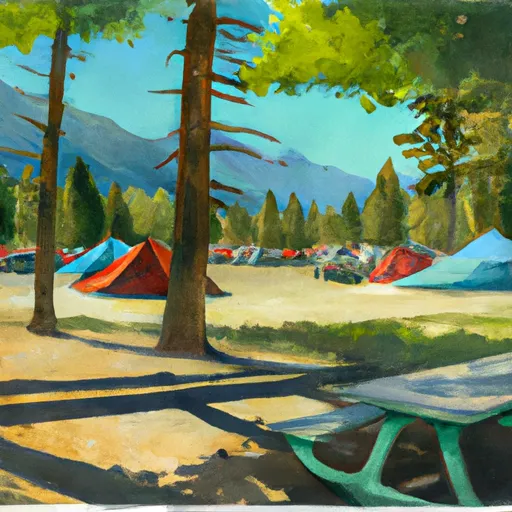 Wade Lake Campground and Picnic Areas
Wade Lake Campground and Picnic Areas
|
